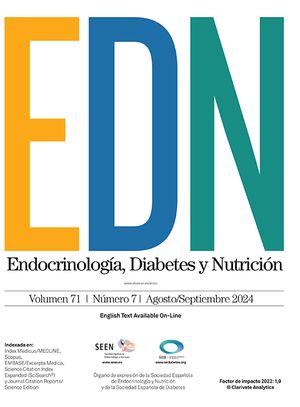La hipercolesterolemia familiar es un trastorno hereditario autosómico dominante del metabolismo de las lipoproteínas, que se caracteriza por unas concentraciones plasmáticas muy altas de colesterol ligado a lipoproteínas de baja densidad, xantomas tendinosos y aumento del riesgo de enfermedad coronaria prematura.
Aunque la hipercolesterolemia familiar se puede sospechar mediante criterios clínicos y bioquímicos, el análisis genético aporta un diagnóstico de certeza y ayuda a conocer la influencia del tipo de mutación en la expresión fenotípica de la enfermedad. En la actualidad, se ha desarrollado en España un ADN-chip, o biochip, que permite un diagnóstico genético rápido y de fácil accesibilidad.
El grave riesgo cardiovascular de estos pacientes hace preciso un diagnóstico temprano que ponga en marcha las medidas preventivas con los diferentes tratamientos hipolipemiantes.
Familial hypercholesterolemia (FH) is a autosomal dominant disorder of lipoprotein metabolism characterized by very high plasma concentrations of low density lipoprotein cholesterol, tendon xanthomas and increased risk of premature coronary heart disease.
Although FH can be suspected by using clinical and biochemical criteria, genetic analysis allows definitive diagnosis and helps to identify the type of mutation in the phenotypical expression of the disease. A DNA chip or biochip that allows rapid and accessible genetic diagnosis has been developed in Spain.
Because of the high cardiovascular risk in these patients, early diagnosis is essential to start preventives measures with various lipid-lowering therapies.




